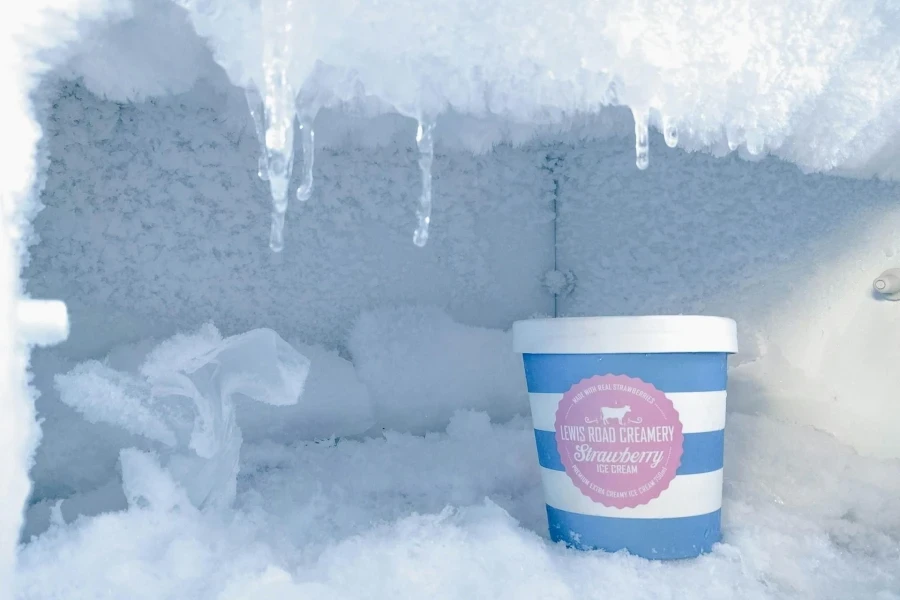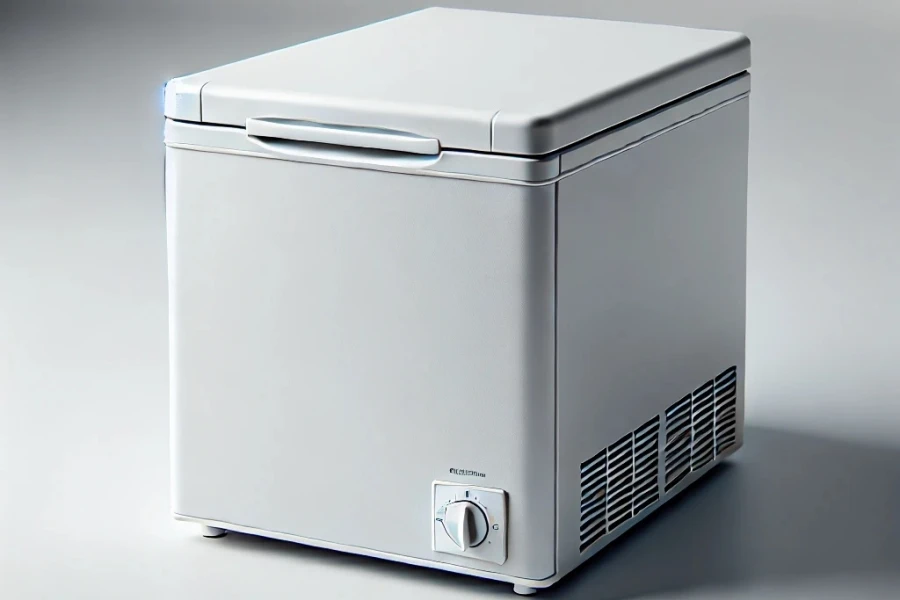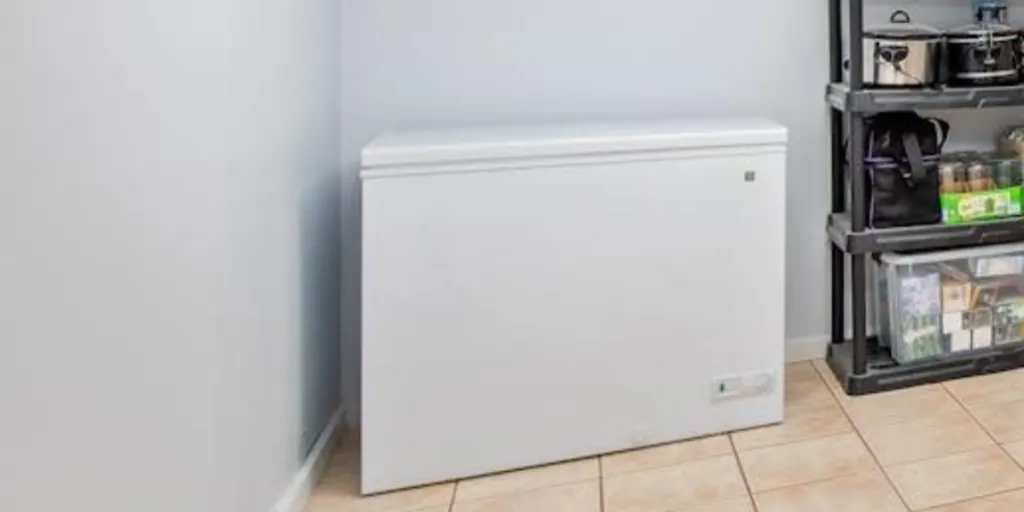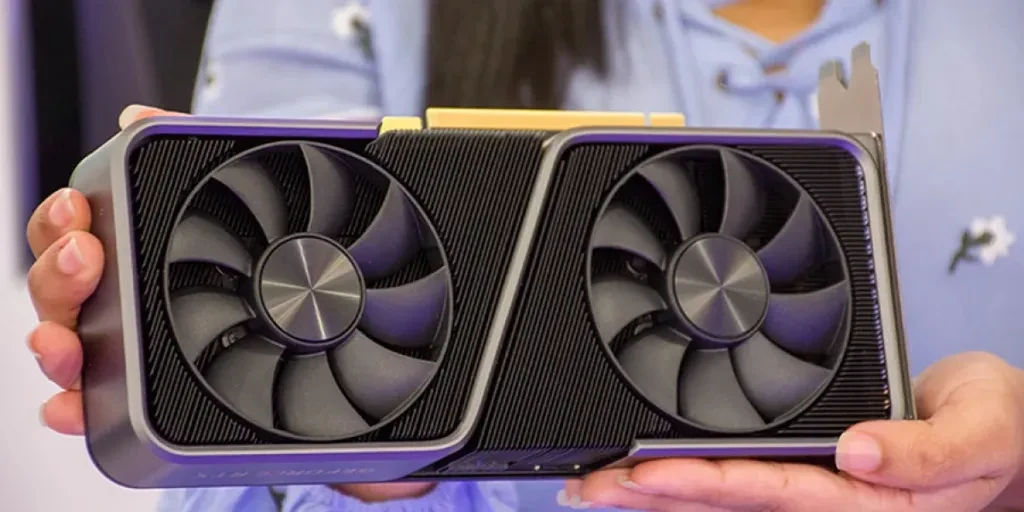Of all the catchy and memorable slogans Coca-Cola has created over the years, the first one that finally referenced “ice” came much later. The vibrant “Ice Cold Sunshine” slogan was introduced only in 1932, about 50 years after its first slogan in 1886. The reason behind such a late association with ice is indeed closely tied to the invention of the electric refrigerator, which included a “freezer” compartment for ice cubes and gained more popularity in the 1930s.
The widespread adoption of freezers has enabled numerous developments thereafter, particularly benefiting the food preservation and beverage industries. Keep reading to explore the global market potential of chest freezers, essential tips in choosing small chest freezers from a seller’s perspective, and options for different budget ranges.
Table of Contents
Global market outlook of small chest freezers
Picking the right small chest freezers: What sellers need to know
Space-maximizing, compact designs
Prioritize energy-efficient models
Durable and low-maintenance options
Models suited for specific environments
Small chest freezers for different budgets
Budget-friendly
Mid-range
High-end
Cooling made simple
Global market outlook of small chest freezers

The global chest freezer market is projected to grow at a moderate compound annual growth rate (CAGR) of 6.8% from 2024 to 2034, reaching an estimated value of US $32.13 billion by the end of the forecast period, up from US $16.67 billion in 2024.
The role of chest freezers as an economical and durable storage solution, which is particularly valued in commercial settings for its cost efficiency, is recognized as a primary factor driving this growth. Among all the different types of chest freezers, compact and small chest freezers are especially prized for their space-saving and energy-efficient designs.
Picking the right small chest freezers: What sellers need to know
Space-maximizing, compact designs

As a starting point, the first thing that all sellers should focus on is the precise compact size to be targeted. Just how small should the chest freezers be? While the most straightforward answer to this apparently depends on the target customers, for those who are more attentive to details, let’s first look at the standard volume classifications of chest freezers and what makes a chest freezer considered compact or small.
Freezer volume is generally measured in cubic feet (cu ft) or liters (L). The choice of unit is often subject to the target market’s preferences. For example, North American customers are normally more accustomed to cubic feet, whereas those in Asia or Europe are likely to recognize the freezer volume unit in liters instead.
Long-standing industry manufacturers often define a compact chest freezer as one with a capacity of around 3 to 5 cu ft, while a small chest freezer usually holds about 5 to 9 cu ft. Since 1 cubic foot is approximately equal to 28.31 liters, it’s common to find a 100L compact chest freezer or a 150L small chest freezer in the market. In fact, compact chest freezers around 3.5 cu ft (100L) and small chest freezers around 5 cu ft (150L) are among the most widely available capacities for small models.
That said, it’s worth noting that in line with increasingly space-efficient urban living, it’s not unusual to find miniature chest freezers as small as 1.1 cu ft or roughly 31L nowadays. The good news is, even at their reduced size, these mini chest freezers often remain highly functional and durable, adding urban-friendly varieties to sellers’ stocks, especially for those aiming for space-conscious customers.
Prioritize energy-efficient models

As energy costs, particularly global electricity rates, continue to rise due to increasing global demand for energy, electronic products, and unforeseen factors like the ongoing Eastern European geopolitical tensions and supply chain disruptions, efforts to reduce energy bills have since become more pressing than ever. At the same time, the globally shared focus on energy savings also represents a significant opportunity for appliance sellers, with energy-efficient models working as an almost guaranteed feature to attract customers.
In fact, energy efficiency is particularly relevant for compact and small chest freezers. Even though smaller units generally use less energy than their larger counterparts, they are often less energy-efficient in terms of energy used per unit of storage volume. This means that smaller models may use more energy per liter or cubic foot than larger models from an energy-to-storage ratio perspective.
Fortunately, with the advancement of modern technology, energy-saving small chest freezers equipped with high-efficiency compressors, improved insulation, and optimized temperature controls can consume less electricity while still keeping the required low temperatures. Thanks to different certification programs established by regional authorities, sellers need not be entirely tech-savvy or experts to identify these energy-efficient features but can be guided by these standards.
To name a few, Energy Star ratings, endorsed by the U.S. Environmental Protection Agency (EPA), and the EU Energy Label, administered by the European Commission under the Ecodesign and Energy Labeling Directive, help to establish energy-efficient standards for different types of freezers.
Durable and low-maintenance options

While this point may seem obvious, as durability and ease of maintenance are essential for all electronic appliances, there are some fundamental features that sellers can pay extra attention to in order to ensure they are opting for the right long-lasting chest freezer. Similar to most other refrigeration units, chest freezers are generally built to last, with an industry-recognized average lifespan of around 14–16 years.
That is to say, in terms of long-term reliability, most freezers should be able to stand the test of time. This leaves sellers with another crucial factor: long-term maintenance needs, an important consideration for customers since it directly impacts user experience and can affect the freezer’s potential lifespan.

In general, the more automated and energy-efficient the design, the lower the maintenance requirements. Small chest freezers with manual operations often demand additional maintenance due to mechanical wear. Models with highly efficient energy ratings, on the other hand, can reduce operational strain, thereby lowering ongoing maintenance requirements.
Ultimately, matching the right size to the corresponding household size is another essential factor that sellers can leverage to support durability and low maintenance. The fitting size prevents overloading the cooling system and helps to reduce long-term maintenance needs. A straightforward formula for sellers to determine the best size for different households is to multiply the number of intended users by 2.5 cu ft. For instance, a household of three people may need an 8 cu ft chest freezer, while two users may find a more compact, 5 cu ft model good enough.
Models suited for specific environments

People appreciate the variety and the ability to choose from different options, especially when shopping. For small chest freezers, this extends beyond just features to include models that cater to varying power sources. For instance, off-grid small chest freezers, including solar-powered ones, often rely on DC (direct current) power or alternative sources, such as solar panels or gas generators. These options offer flexibility and reliability, especially for those in need of independent or off-grid refrigeration solutions.
In the meantime, garage-ready freezers are among the most popular models due to their stable performance throughout a wide range of temperature fluctuations. From scorching summers to freezing winters, garage-ready small chest freezers can maintain consistent, efficient operation without compromising quality, even in the typically unheated storage environments like garages or basements, where temperatures tend to fluctuate more greatly in different seasons.
Finally, portable mini chest freezers are another excellent addition to a seller’s compact chest freezer inventory. These convenient and versatile models are compact enough for use in vehicles or temporary living setups like campsites or recreational vehicles (RVs). They often come equipped with AC/DC adapters, making seamless switching between power sources achievable despite challenging environments.
Small chest freezers for different budgets
Budget-friendly

By their very nature, most compact and mini chest freezers tend to have a much lower price point compared to larger-capacity models. However, there are still certain features that make some small chest freezers even more affordable and budget-friendly. First up, in terms of size, as expected, smaller designs typically come with reduced costs. These cheap mini chest freezers are generally cheaper due to their compact designs and modest storage capacities.
Another notable characteristic of cheap small chest freezers is the manual defrost mechanism, a pretty standard feature for many chest freezers. Such functionality also aligns with their purpose as long-term storage solutions, which are less frequently accessed compared to upright freezers. Manual defrosting is hence both a cost-effective and practical choice for small chest freezers.
Despite the fact that manual defrosting can take a couple of hours and can cause temporary disruption to the freezer’s operation, it is thankfully a less demanding process for small manual defrost chest freezers. Ice buildup is minimal for smaller chest freezers due to their much smaller interior, allowing a much quicker defrosting process, and defrostings are typically less frequently required—as low as around once every 6 to 12 months, according to industrial experts.
In short, sellers can promote these affordable small chest freezers to customers who prioritize efficient energy consumption. Manual defrost models intrinsically require less electricity consumption, as the defrosting process is non-automatic, therefore providing cost savings for customers who don’t mind occasional maintenance.
Mid-range

Mid-range compact chest freezers offer relatively standard features compared to more economical models, tailored for practical users who prefer standard performance, decent quality, and compact sizes.
Simultaneously, standard middle-range models also often focus on energy efficiency to help buyers reduce utility costs. The manual defrost feature is hence a common inclusion in these mid-tier small chest freezers, providing energy-efficient storage solutions without requiring excessive space.
Ultimately, standard-grade compact chest freezers normally place emphasis on efficient energy saving and practical usability. From a seller’s perspective, offering these medium-priced models is synonymous with taking a balanced approach between quality and cost. These models are great for everyday consumers who value energy savings and all basic functionality without the need to splurge a premium for high upfront expenses.
High-end

Similar to most other high-end categories of electronic appliances, high-end small chest freezers offer much more versatility in terms of both features and performance. For instance, the now widely adopted smart capabilities that integrate many consumer electronics into smart home systems are a common feature of premium chest freezers. These models are ideal for tech-savvy users who prefer advanced technologies.
Aside from smart freezers, which are not only connectable through Wi-Fi and/or Bluetooth but also capable of automatically adjusting the temperature based on contents, compact convertible freezers are also frequently classified as high-end models due to their highly versatile and flexible designs. These models allow users to manually switch between freezer and fridge modes via adjustable temperature controls for advanced usage needs.
Lastly, freezers tailored to specific usage requirements and challenging environments, including extreme temperature fluctuations or off-grid setups, such as garage-ready and solar-powered models, are also included as part of the upper-tier range of advanced chest freezers. These highly specialized models normally command a premium price point compared to the standard models.
Cooling made simple

Often valued for their space-saving designs and cost-effectiveness as a long-lasting, low-maintenance cooling and storage solution, small chest freezers are steadily increasing their global market share, showing promising growth potential.
When considering which small chest freezers to stock, sellers should focus on models with practical, compact designs, effective energy-saving features, reliable durability with minimal regular maintenance needs, and options suited for specific environments. Highly affordable small chest freezers are typically those with manual defrost and ultra-compact sizes, while mid-range and premium models often include enhanced energy efficiency, standard or smart technology, and even convertible settings.
For more information on other types of mini-fridges, food storage solutions, and wholesale business and sourcing ideas, continue exploring Cooig.com Reads. Discover solutions and strategies for various logistics and wholesale challenges and opportunities by checking in regularly.




